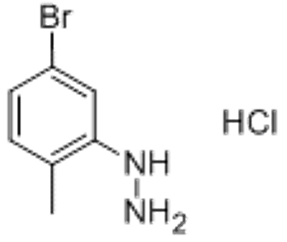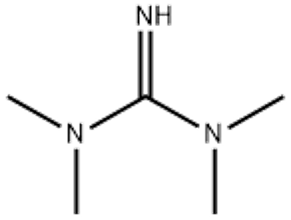Ethyl palmitate(CAS#628-97-7)
| Hazard Symbols | Xi – Irritant |
| Safety Description | S23 – Do not breathe vapour. S24/25 – Avoid contact with skin and eyes. |
| WGK Germany | 3 |
| TSCA | Yes |
| HS Code | 29157020 |
| Hazard Note | Irritant |
Introduction
Ethyl palmitate. The following is an introduction to the properties, uses, preparation methods and safety information of ethyl palmitate:
Quality:
- Appearance: Ethyl palmitate is a clear liquid that is colorless to yellow.
- Odor: Has a special smell.
- Solubility: Ethyl palmitate is soluble in alcohols, ethers, aromatic solvents, but insoluble in water.
Use:
- Industrial applications: Ethyl palmitate can be used as a plastic additive, lubricant and softener, among other things.
Method:
Ethyl palmitate can be prepared by the reaction of palmitic acid and ethanol. Acid catalysts, such as sulfuric acid, are often used to facilitate esterification.
Safety Information:
- Ethyl palmitate is a generally safe chemical, but normal safety procedures still need to be followed. Avoid contact with skin, eyes, and respiratory tract to avoid irritation or allergic reactions.
- Proper ventilation measures should be taken during industrial production and use to avoid inhaling its vapors.
- In the event of accidental ingestion or contact with a medical professional, seek medical attention or consult a professional immediately.








